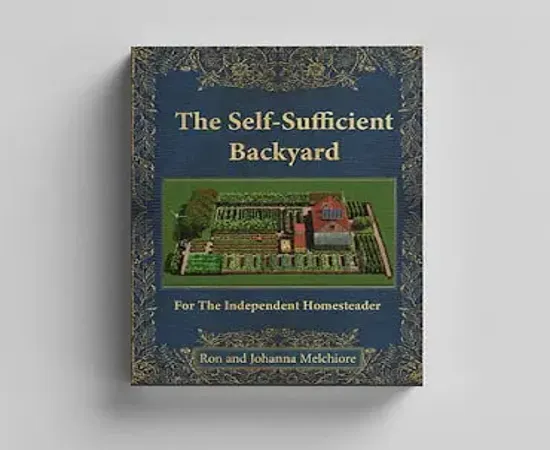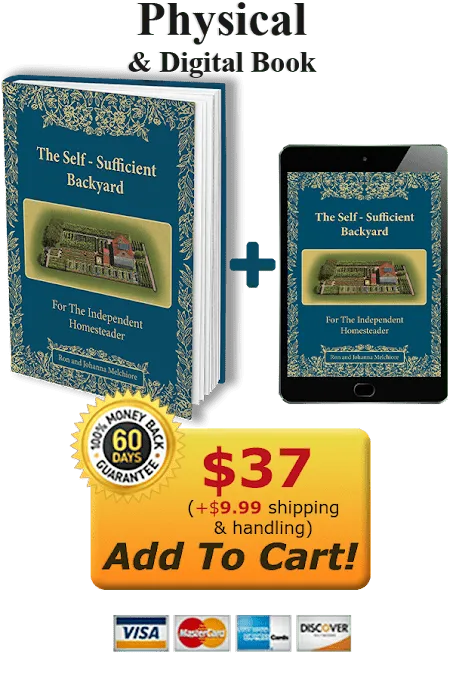self sufficient backyard: The Ultimate Guide to Creating Your Own Oasis
In today’s fast-paced world, the idea of a self-sufficient backyard has gained momentum as more and more people seek to reconnect with nature and live a sustainable lifestyle. Whether you’re a seasoned gardener or a beginner looking to dip your toes into self-sufficiency, transforming your backyard into a thriving ecosystem is a rewarding and fulfilling experience.
The Benefits of a Self Sufficient Backyard
Creating a self-sufficient backyard brings a host of benefits, both for you and the environment. Not only does it provide you with a fresh and organic food source, but it also reduces your carbon footprint and promotes biodiversity. By growing your own fruits, vegetables, and herbs, you can ensure that your family is consuming produce that is free from harmful pesticides and chemicals.
Additionally, a self-sufficient backyard can be a sanctuary for local wildlife, providing them with food and shelter in an increasingly urbanized landscape. This can help to restore the natural balance of ecosystems and create a more sustainable environment for future generations.
how to plant a self sufficient garden
Planning and planting a self-sufficient garden requires careful consideration of your climate, soil type, and available space. Start by choosing a variety of plants that are well-suited to your local conditions and that complement each other in terms of nutrient requirements and growth patterns.
Consider incorporating permaculture principles into your garden design to maximize productivity and minimize waste. Companion planting, mulching, and composting are all essential techniques for creating a self-sustaining ecosystem that promotes soil health and plant growth.
Frequently Asked Questions
1. Can I create a self-sufficient backyard if I live in a small urban space?
Yes, you can still create a self-sufficient backyard in a small urban space by utilizing vertical gardening techniques, container gardening, and incorporating edible landscaping into your design.
2. Is it expensive to set up a self-sufficient backyard?
While there may be initial costs associated with setting up a self-sufficient backyard, such as purchasing tools, seeds, and soil amendments, these expenses can be offset by the long-term savings on groceries and the satisfaction of growing your own food.
3. What are some easy plants to grow in a self-sufficient backyard?
Herbs like basil, parsley, and mint are easy to grow and can be used in a variety of culinary dishes. Vegetables such as tomatoes, peppers, and lettuce are also relatively low-maintenance and yield bountiful harvests.
4. How can I maintain my self-sufficient backyard without using harmful chemicals?
Implementing organic gardening practices such as crop rotation, natural pest control methods, and the use of compost and mulch can help you maintain a healthy and thriving garden without relying on harmful chemicals.
5. Can I sell the excess produce from my self-sufficient backyard?
Absolutely! Many self-sufficient gardeners choose to sell or trade their surplus produce with neighbors, farmers markets, or local stores, providing them with an additional source of income and promoting community engagement.
Conclusion
Transforming your backyard into a self-sufficient oasis is not only a rewarding experience but also a meaningful step towards living a more sustainable and environmentally conscious lifestyle. By following the principles of permaculture, organic gardening, and biodiversity, you can create a thriving ecosystem that benefits both you and the planet.
So why wait? Start planning your self-sufficient backyard today and embark on a journey of growth, abundance, and connection with nature.


